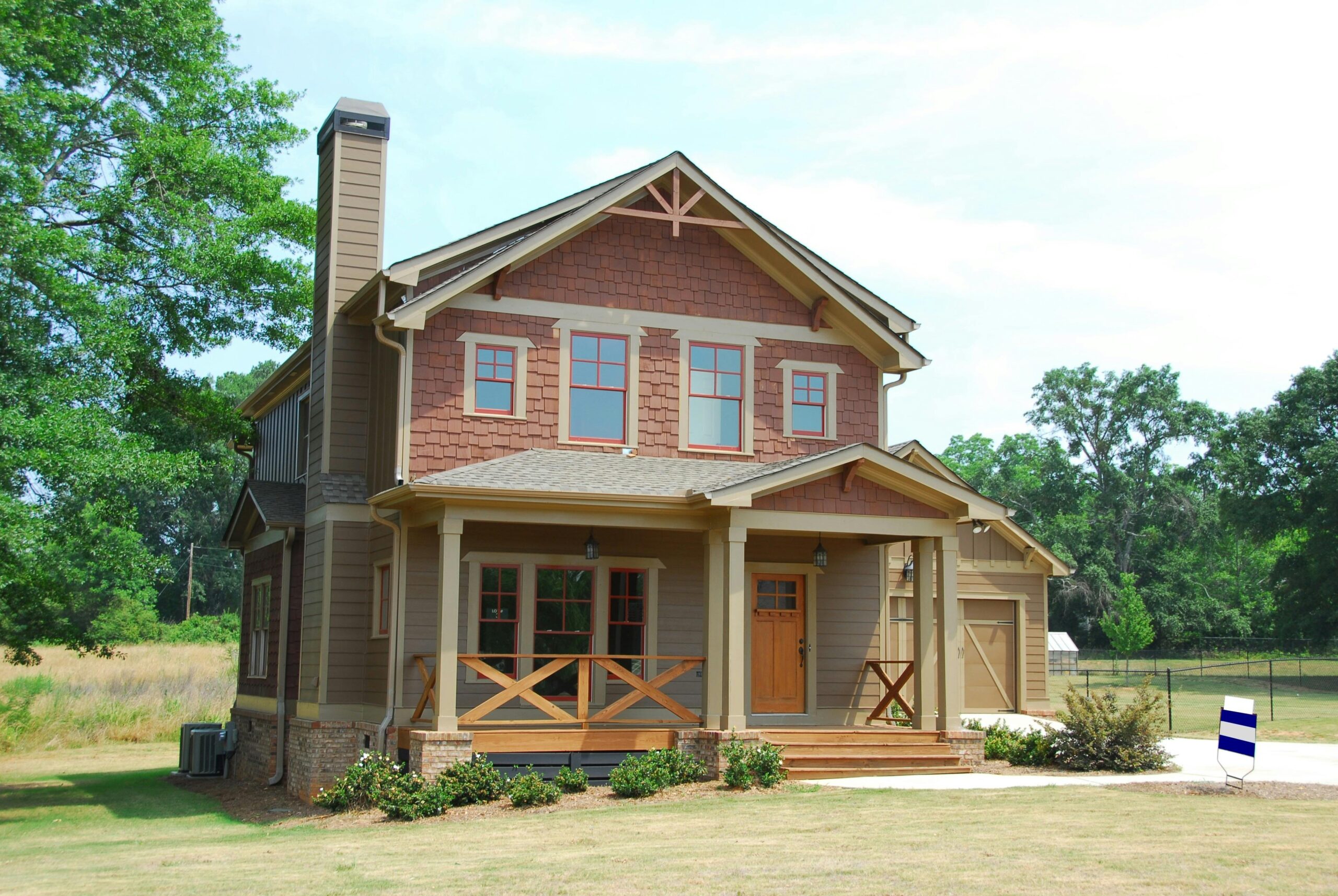Selecting the right exterior siding for your home is a significant decision that impacts not only your property’s appearance but also its long-term maintenance requirements and value. Homeowners today have numerous options available, from traditional wood to modern fiber cement and economical vinyl. Each siding material comes with its own distinct set of advantages and limitations regarding initial cost, durability, maintenance needs, aesthetic appeal, and environmental impact. This comprehensive guide will compare popular siding materials to help you make an informed choice that aligns with your priorities, preferences, and budget.
Understanding Your Siding Options
When embarking on a siding project, homeowners often find themselves overwhelmed by the variety of best exterior siding options available in today’s market. Vinyl siding remains the most popular choice in North America due to its affordability and low maintenance requirements. Fiber cement has gained significant market share as a durable alternative that mimics the appearance of wood without its susceptibility to rot. Traditional wood siding offers unmatched natural beauty but demands regular upkeep. Other options include metal siding, brick, stone veneer, and stucco, each with unique characteristics suited to different architectural styles and climates. As experts at AskHomey often advise, your regional climate should significantly influence your siding material selection, as extreme temperatures, moisture levels, and sun exposure can affect performance.
Vinyl Siding: Affordable and Low-Maintenance
When homeowners compare siding materials cost durability, vinyl often emerges as the budget-friendly option. Typically priced between $3 and $7 per square foot installed, it represents one of the most economical choices. Modern vinyl products have significantly improved from earlier versions, now featuring enhanced UV resistance to prevent fading and increased impact resistance. Available in hundreds of colors and various textures that can mimic wood grain, vinyl offers considerable design flexibility. Its primary advantages include affordability, minimal maintenance (occasional washing with a garden hose), and decent durability with 20-40 year warranties. However, vinyl isn’t without drawbacks: it can crack in extreme cold, warp in intense heat, and may lower your home’s value compared to premium materials. Additionally, vinyl production and disposal raise environmental concerns due to its PVC composition.
Fiber Cement Siding: Durability Meets Aesthetics
The vinyl vs fiber cement siding pros cons debate frequently centers on the balance between upfront cost and long-term value. Fiber cement, typically costing $5-$12 per square foot installed, positions itself as a mid-range option that offers exceptional durability. Composed of cement, sand, and cellulose fibers, this material resists rot, termites, fire, and extreme weather conditions. James Hardie, a leading manufacturer, has developed region-specific formulations to withstand local climate challenges. Fiber cement can authentically replicate wood siding, including traditional lap siding, shingles, and board-and-batten styles. While it requires repainting every 7-15 years depending on your climate, it otherwise demands minimal maintenance. Its 50+ year lifespan and excellent resistance to environmental factors make it increasingly popular among homeowners seeking long-term value despite the higher initial investment.
Wood Siding: Timeless Appeal with Higher Maintenance
Wood siding delivers unparalleled natural beauty and character that manufactured alternatives strive to imitate. Cedar, redwood, pine, and cypress remain popular species for siding, with costs ranging from $6 to $12 per square foot for installation, depending on wood quality and profile. Wood’s natural insulating properties exceed those of vinyl, potentially contributing to energy efficiency. However, this traditional option demands significant maintenance, including regular painting or staining every 3-5 years and vigilance against moisture damage, insect infestation, and rot. Modern pressure-treated and factory-finished wood products have improved durability, but still require more attention than synthetic alternatives. For many homeowners, wood’s authentic appearance and renewable nature justify the additional maintenance responsibilities.
Alternative Siding Materials
Beyond the common options mentioned above, several other materials deserve consideration. Metal siding, particularly aluminum and steel, offers exceptional durability with minimal maintenance requirements, though at a higher cost ($8-$15 per square foot). Stone and brick veneer provide unmatched longevity and classic aesthetics but represent premium options at $15-$30 per square foot installed. Engineered wood combines real wood fibers with resins to create a more stable product than natural wood, typically priced between vinyl and fiber cement. Stucco delivers a distinctive southwestern appearance with excellent durability in dry climates but may develop moisture problems in humid regions.
Making Your Final Decision
When evaluating the best exterior siding options for your specific situation, consider your home’s architectural style, neighborhood aesthetics, local climate challenges, budget constraints, and personal maintenance preferences. Calculate the total lifetime cost of each material by factoring in installation, ongoing maintenance, expected lifespan, and potential energy savings. Additionally, check local building codes and homeowners association regulations that may restrict certain materials or colors. Consider requesting material samples and viewing completed installations in your area to better visualize how different options will appear on your home.
For more tips and to connect with reliable home service professionals, follow AskHomey on Facebook and Instagram.



